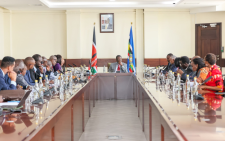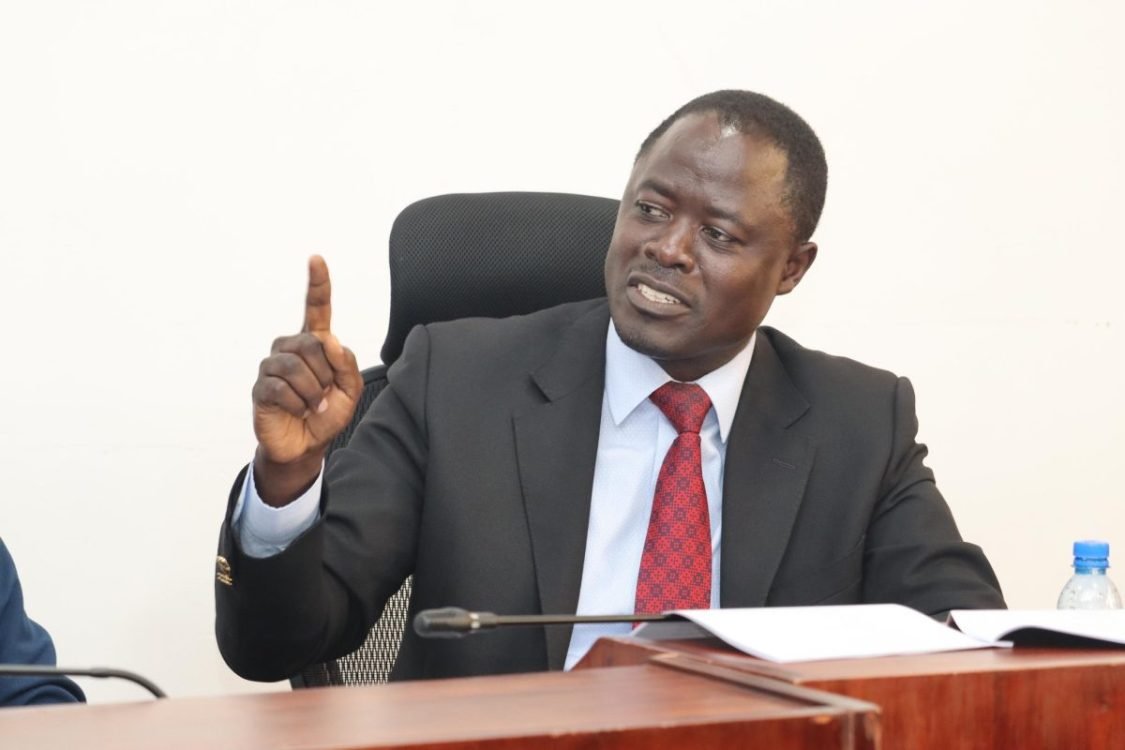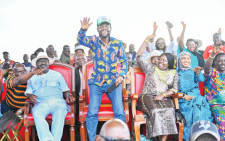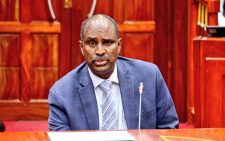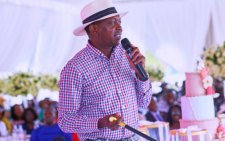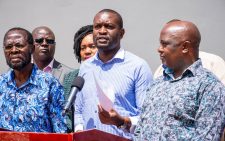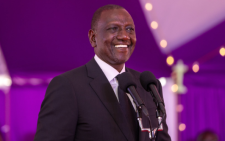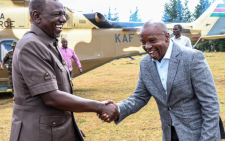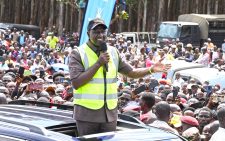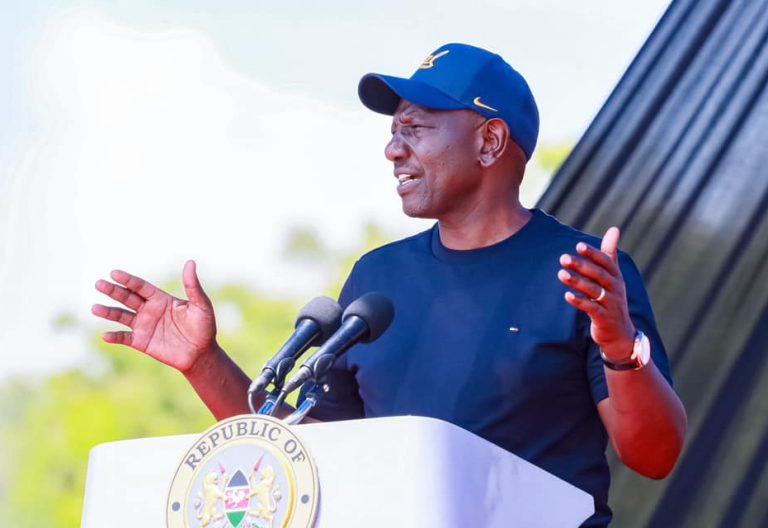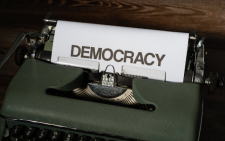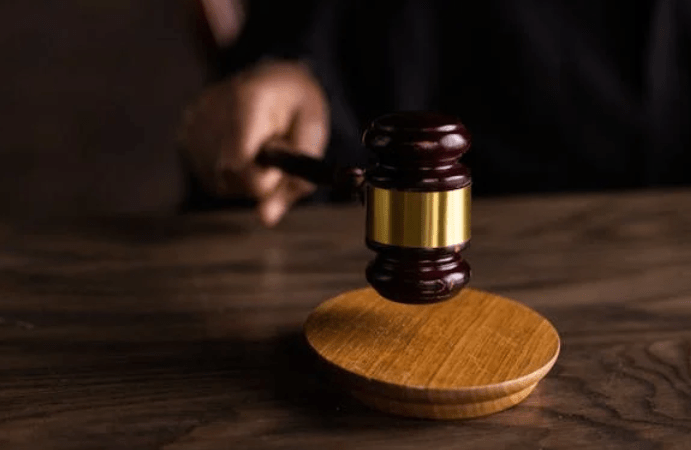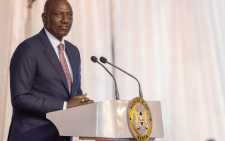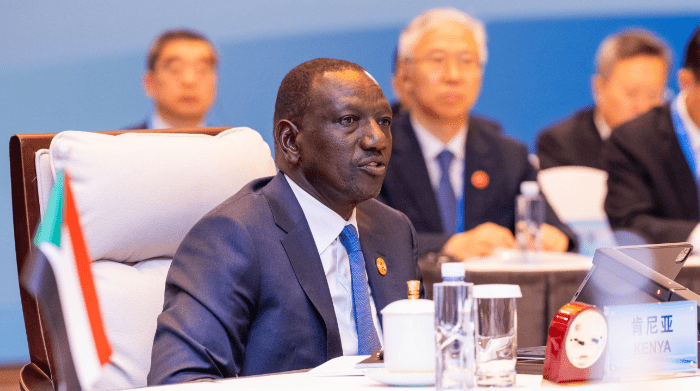Coalition politics set pace in presidential race
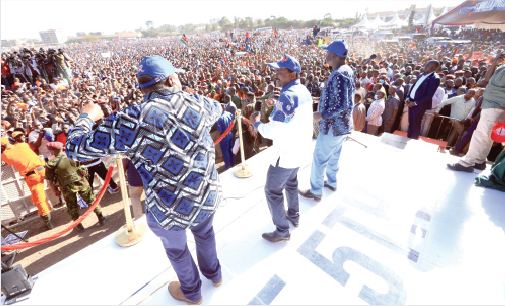
Raila Odinga’s endorsement as the Azimio la Umoja movement’s presidential candidate has underlined the vital significance of political party coalitions in Kenya’s elections.
About 30 political parties formally committed to joining Azimio, forming a big coalition which Raila hopes will translate into votes to boost his chances in the forthcoming General Election.
His party, the Orange Democratic Movement (ODM) has been joined by President Uhuru Kenyatta’s Jubilee Party among others to create a formidable political outfit, that also includes Kalonzo Musyoka’s Wiper Party and Kiraitu Murungi’s Devolution Empowerment Party (popularly known as Bus party)
In what is turning out to be a two-horse race, Deputy President William Ruto also got clearance for nomination as the United Democratic Alliance (UDA) presidential candidate. He has teamed up with Musalia Mudavadi’s Amani National Congress (ANC), Moses Wetangula’s Ford Kenya and latest entrants; Moses Kuria’s Chama Cha Kazi and William Kabogo’s Tujibebe Wakenya Party.
All these formations point to the game of numbers and regional ethnicity that continue to characterise Kenyan elections. This time around the battle is revolving around the vote-rich Mt Kenya region which will not be fielding a presidential candidate.
The Mt Kenya factor is the basis of the coalition-building to craft a winning formula and Saturday’s endorsement of Raila set the tone for heated campaigns in the home stretch towards this year’s polls.
It all hinges on how President Kenyatta’s influence as Jubilee Party leader could help tilt the balance in favour of his Handshake partner Raila, against Ruto who has a solid base of support in the region, thanks to his association with his estranged boss.
His traditional stronghold home turf in the Rift Valley will give him an almost unassailable lead.
While the other regions too have a major part to play in the presidential race, Mt Kenya is turning out to be the focal point and all eyes are on Jubilee to see whether it will turn the tide against a ferocious onslaught from Ruto’s UDA and his coalition allies.
However, the odds seem to have tightened for Ruto with the entry of Kiraitu and Mt Kenya East into Azimio, joining a group of governors in the larger Mt Kenya vote basket that stretches across a large swathe of the country.
While Raila faces a strong Ruto presence in the region, President Kenyatta and Jubilee’s influence cannot be underestimated, given the incumbency and the development track record, especially on infrastructure which he has made a key plank of his legacy.
Should this support for Azimio manage to sway at least a third of the Mt Kenya vote, Raila will maintain his best chance of ascending to the top seat, more so because he has managed to form a broad-based coalition that includes most of the political parties in all the regions of Kenya.
The most significant are the Western and Eastern region voting blocs, who command a heavy demographic presence in the voting stakes.
Kalonzo’s entry into the Azimio coalition almost guarantees him the entire Eastern vote. Reports on the ground, Mudavadi’s and Wetangula’s move to coalesce with Ruto’s UDA does not appear to have paid off.
By signing with Azimio, the Democratic Alliance Party (DAP) led by Wafula Wamunyinyi has clawed into the ANC and Ford Kenya voting bloc, bagging several MPs and MCAs in the process. This could boost the numbers for Raila, whose ODM party also enjoys a major following in the region.
